We present AircraftVerse, a publicly available aerial vehicle design dataset. Aircraft design encompasses different physics domains and, hence, multiple modalities of representation. The evaluation of these cyber-physical system (CPS) designs...
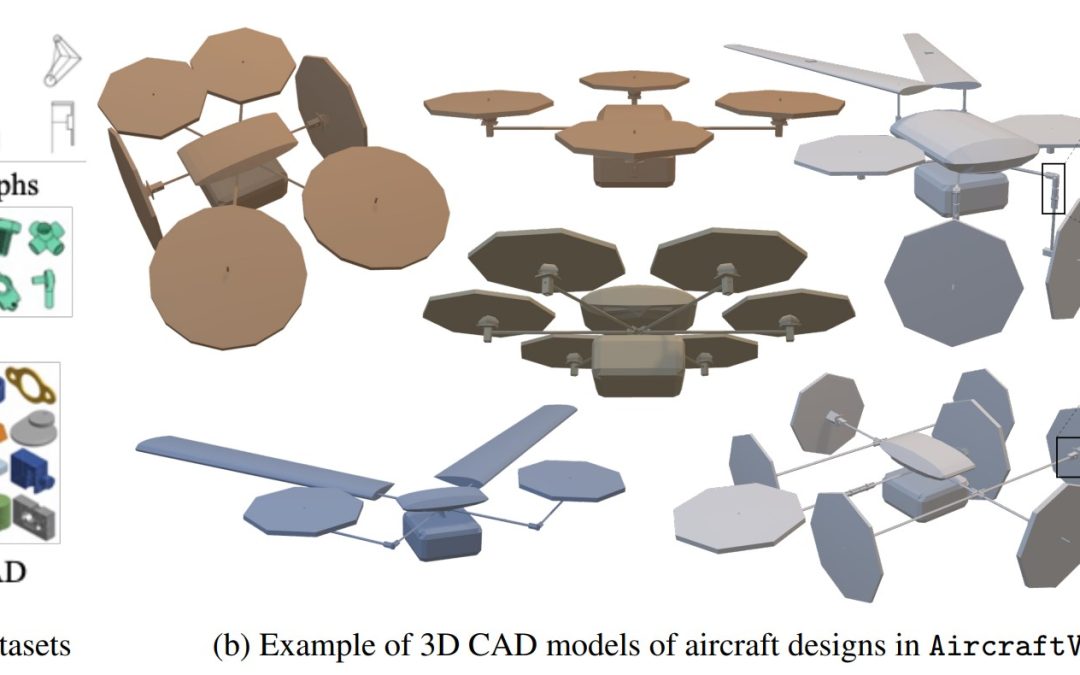

We present AircraftVerse, a publicly available aerial vehicle design dataset. Aircraft design encompasses different physics domains and, hence, multiple modalities of representation. The evaluation of these cyber-physical system (CPS) designs...
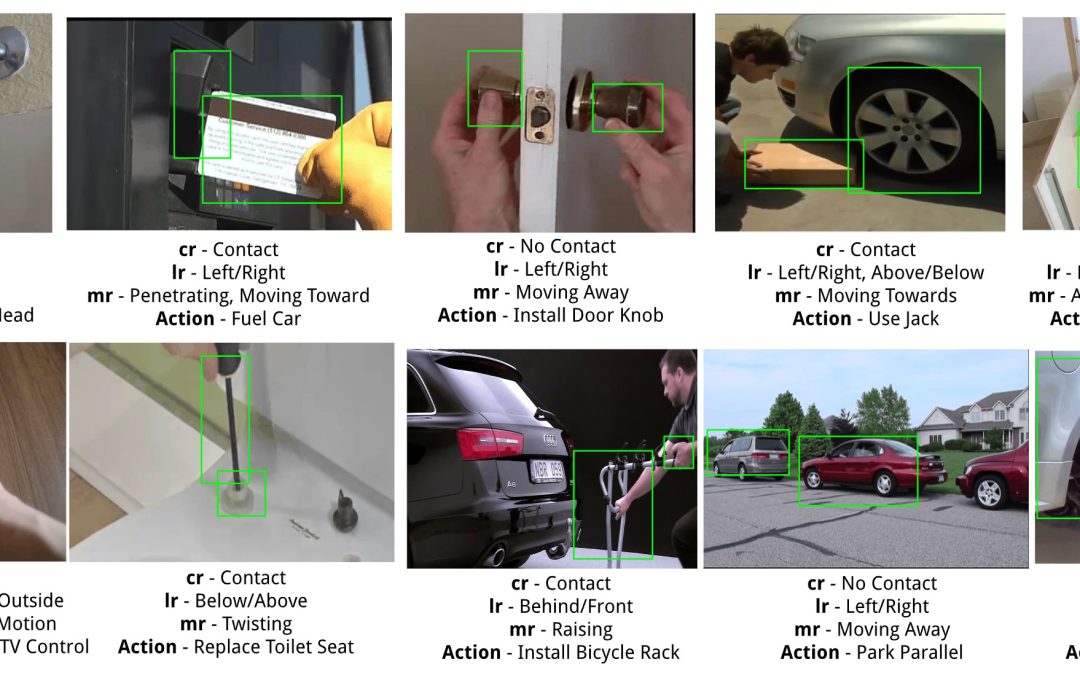
Interacting Objects: A dataset of object-object interactions for richer dynamic scene representations Asim Unmesh, Rahul Jain, Jingyu Shi, V. K. Chaithanya Manam, Hyung-Gun Chi, Subramanian Chidambaram, Alexander J. Quinn, Karthik Ramani IEEE...
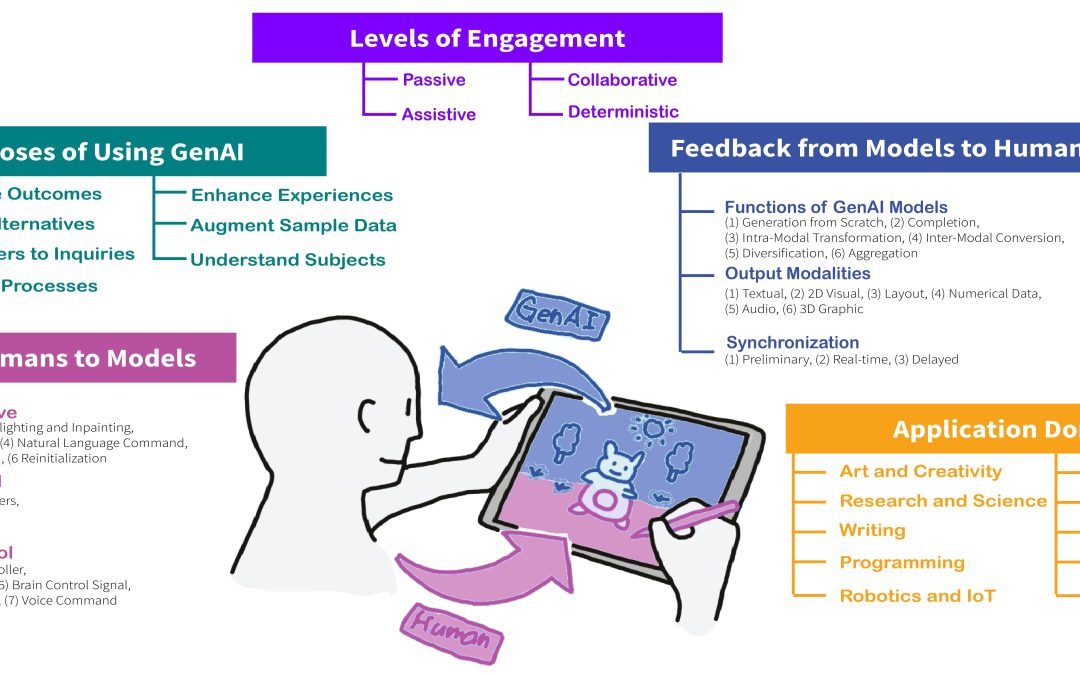
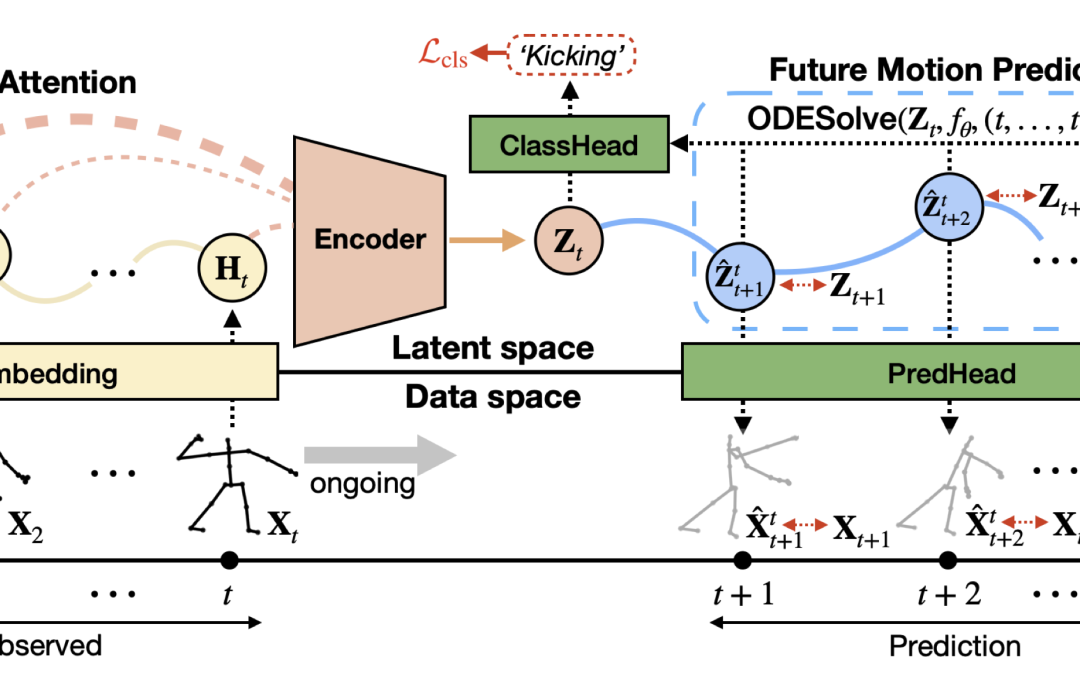
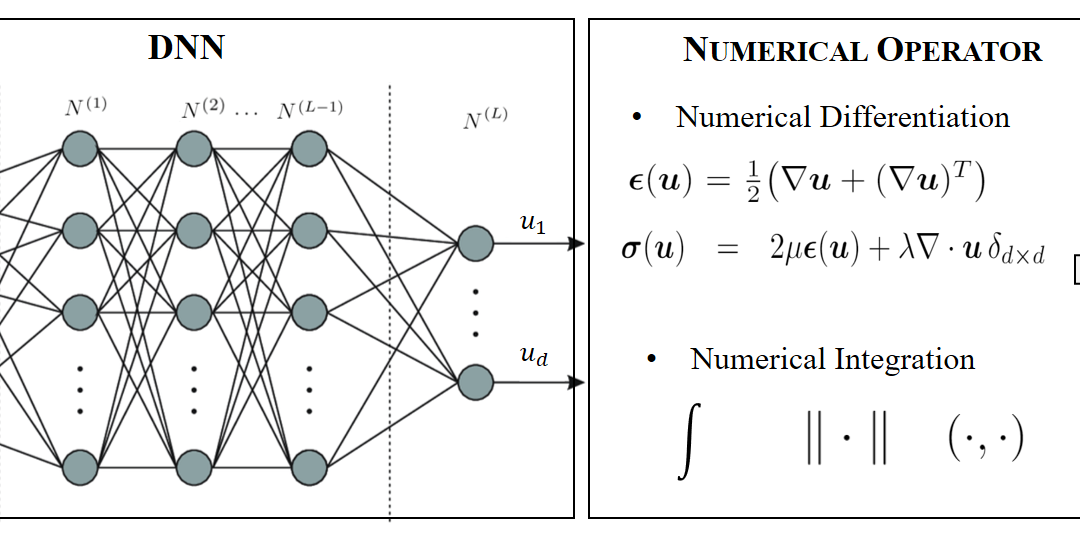
In this paper, we study the deep Ritz method for solving the linear elasticity equation from a numerical analysis perspective. A modified Ritz formulation using the H1/2(ΓD) norm is introduced and analyzed for linear elasticity equation in order to...
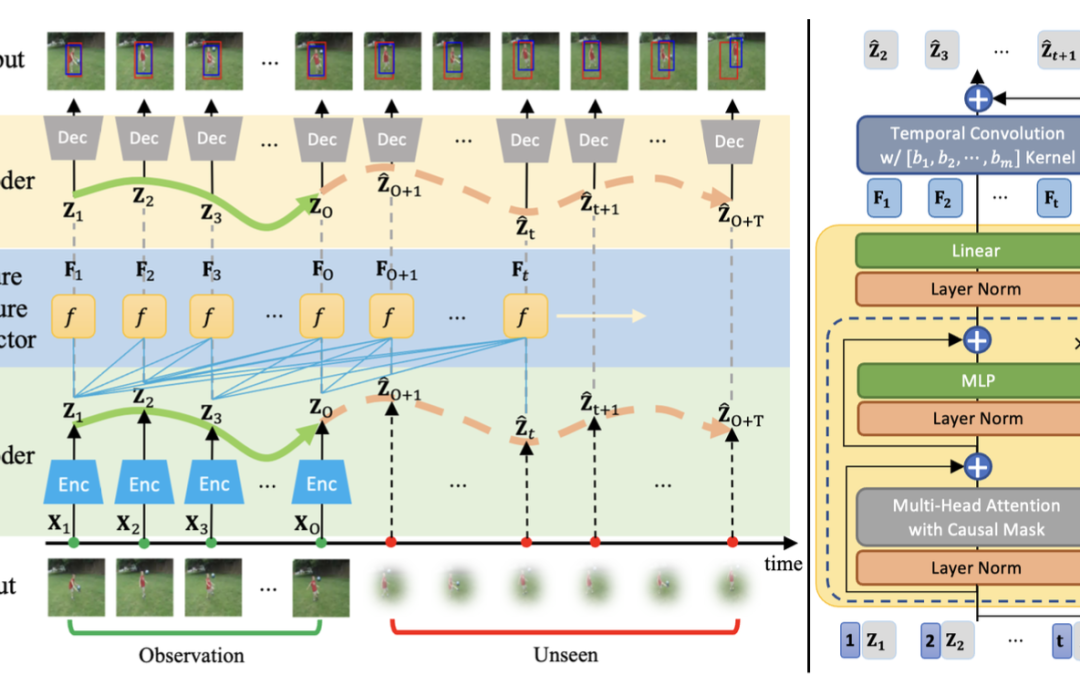
Predicting future action locations is vital for applications like human-robot collaboration. While some computer vision tasks have made progress in predicting human actions, accurately localizing these actions in future frames remains an area with...
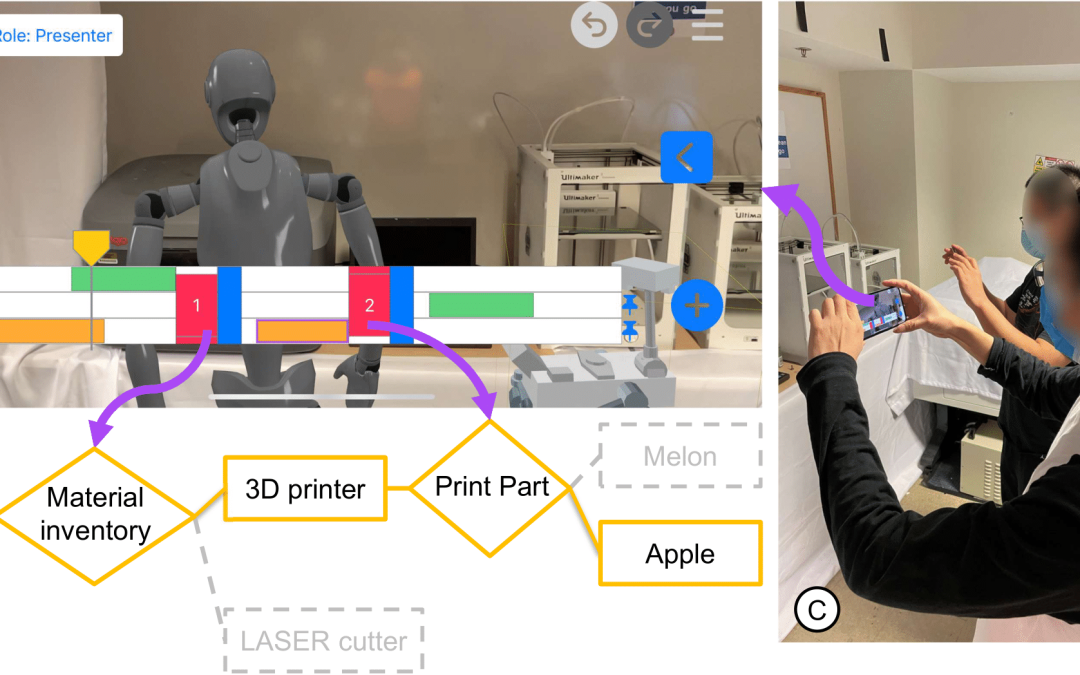


Utilizing everyday objects as tangible proxies for Augmented Reality (AR) provides users with haptic feedback while interacting with virtual objects. Yet, existing methods focus on the attributes of the objects, constraining the possible proxies...
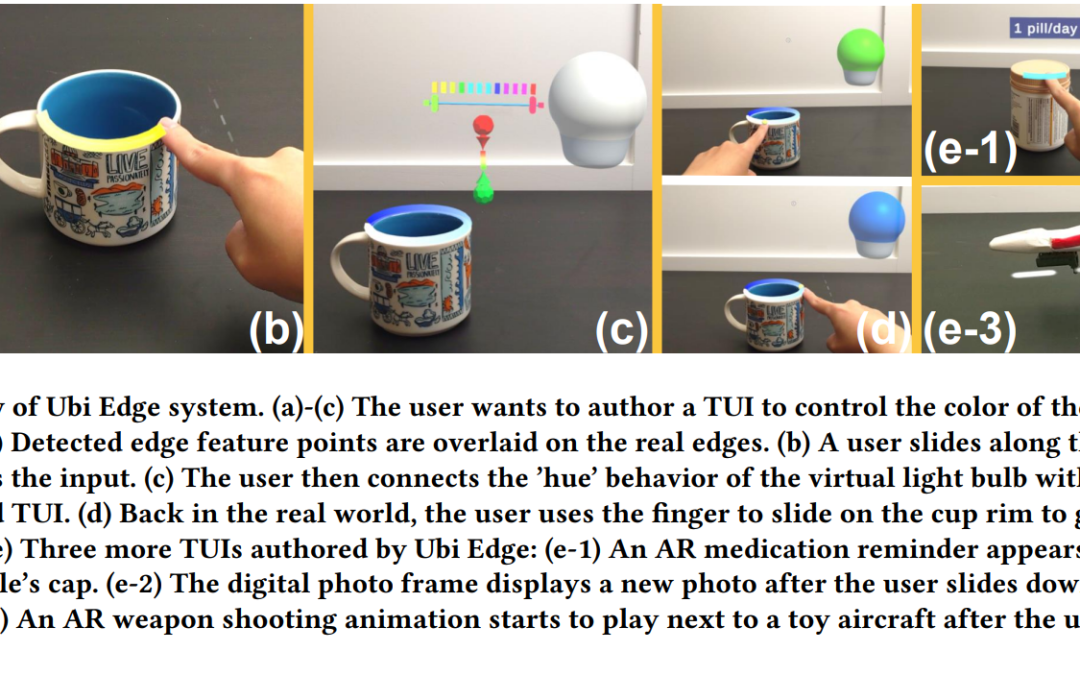
Edges are one of the most ubiquitous geometric features of physical objects. They provide accurate haptic feedback and easy-totrack features for camera systems, making them an ideal basis for Tangible User Interfaces (TUI) in Augmented Reality...
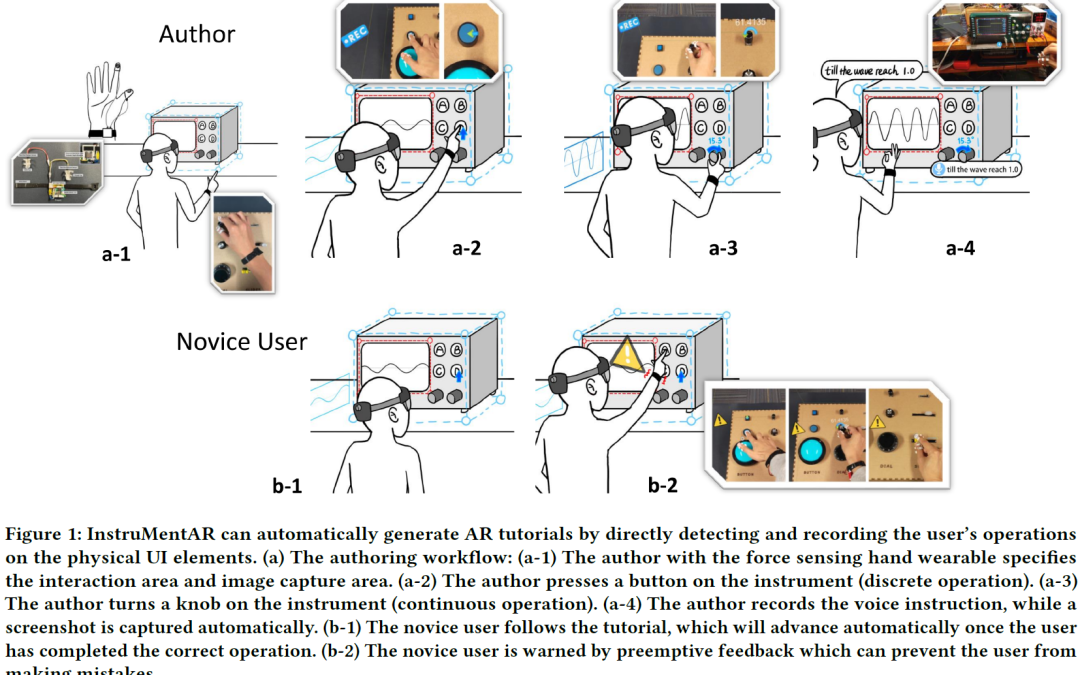
Augmented Reality tutorials, which provide necessary context by directly superimposing visual guidance on the physical referent, represent an effective way of scaffolding complex instrument operations. However, current AR tutorial authoring...
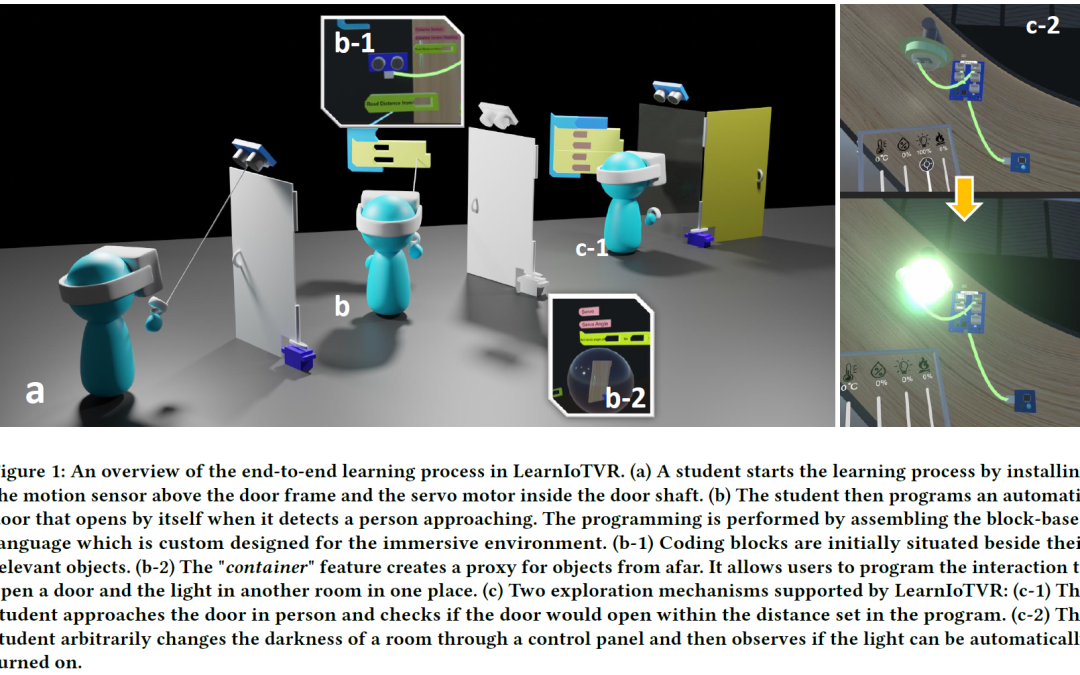
The rapid growth of Internet-of-Things (IoT) applications has generated interest from many industries and a need for graduates with relevant knowledge. An IoT system is comprised of spatially distributed interactions between humans and various...
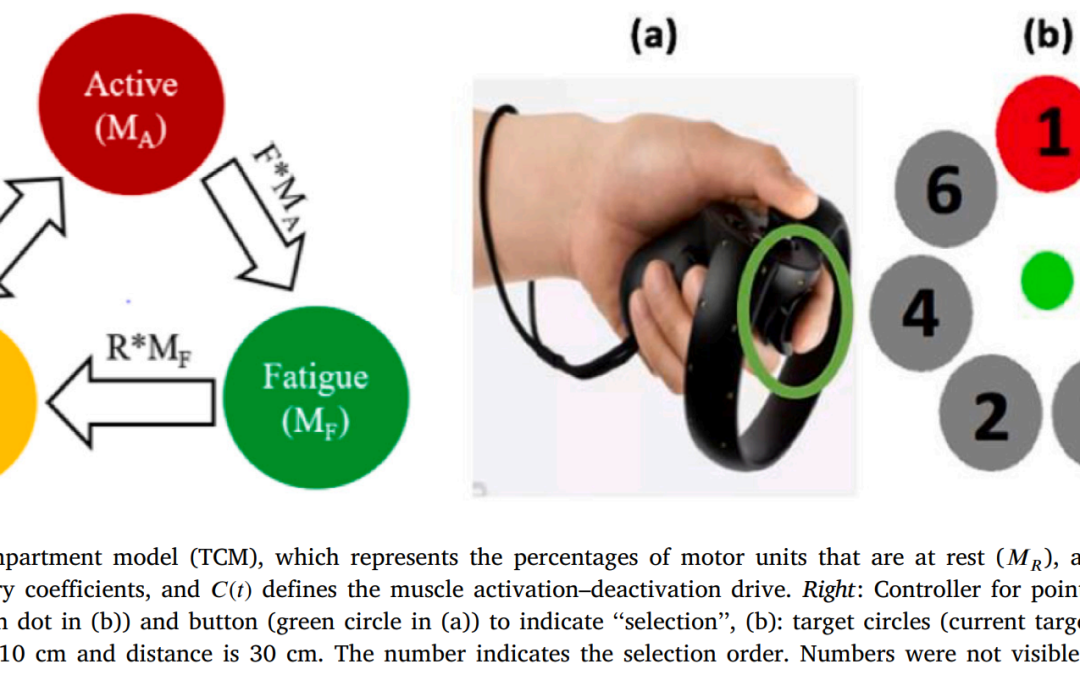
Interaction in mid-air can be fatiguing. A model-based method to quantify cumulative subjective fatigue for such interaction was recently introduced in HCI research. This model separates muscle units into three states: active (MA) fatigued (MF) or...
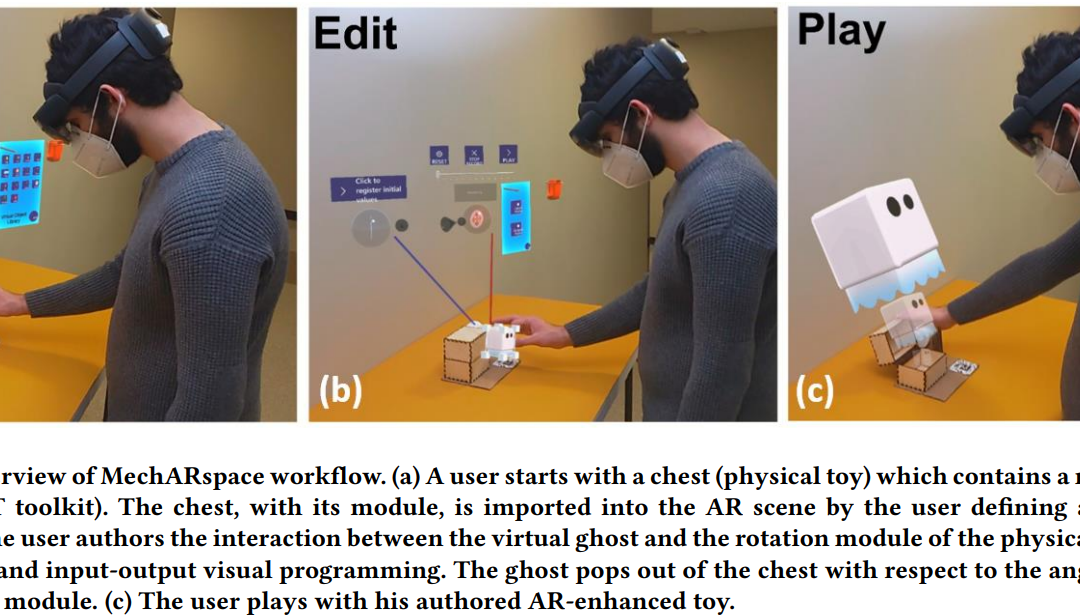
Augmented Reality (AR), which blends physical and virtual worlds, presents the possibility of enhancing traditional toy design. By leveraging bidirectional virtual-physical interactions between humans and the designed artifact, such AR-enhanced...

Vision-based 3D pose estimation has substantial potential in hand-object interaction applications and requires user-specified datasets to achieve robust performance. We propose ARnnotate, an Augmented Reality (AR) interface enabling end-users to...
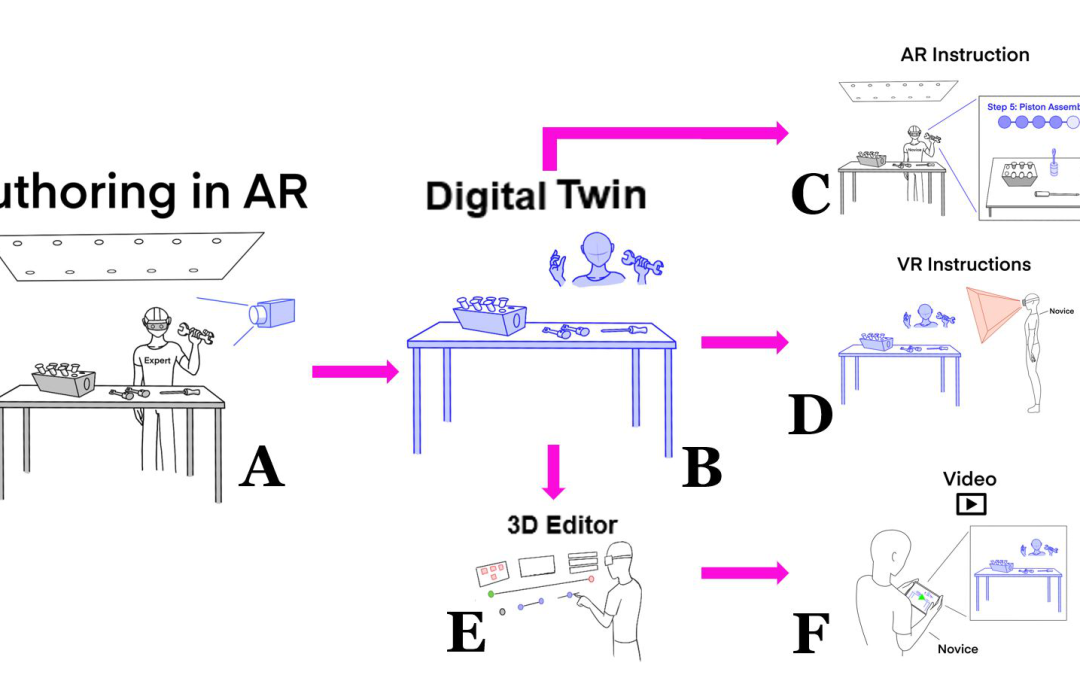
Augmented/Virtual reality and video-based media play a vital role in the digital learning revolution to train novices in spatial tasks. However, creating content for these different media requires expertise in several fields. We present EditAR, a...
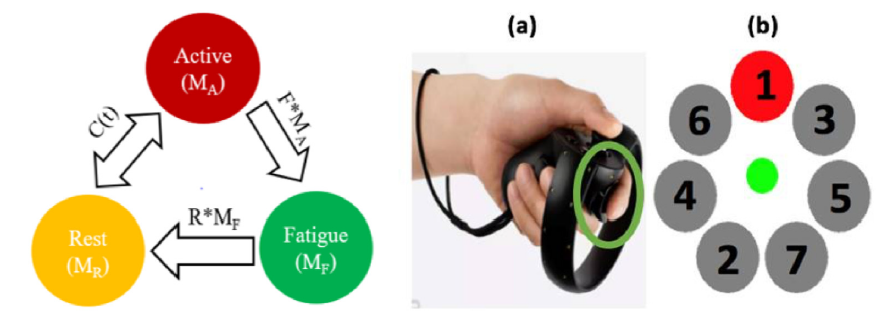
Interaction in mid-air can be fatiguing. A model-based method to quantify cumulative subjective fatigue for such interaction was recently introduced in HCI research. This model separates muscle units into three states: active (Ma) fatigued (Mf) or...
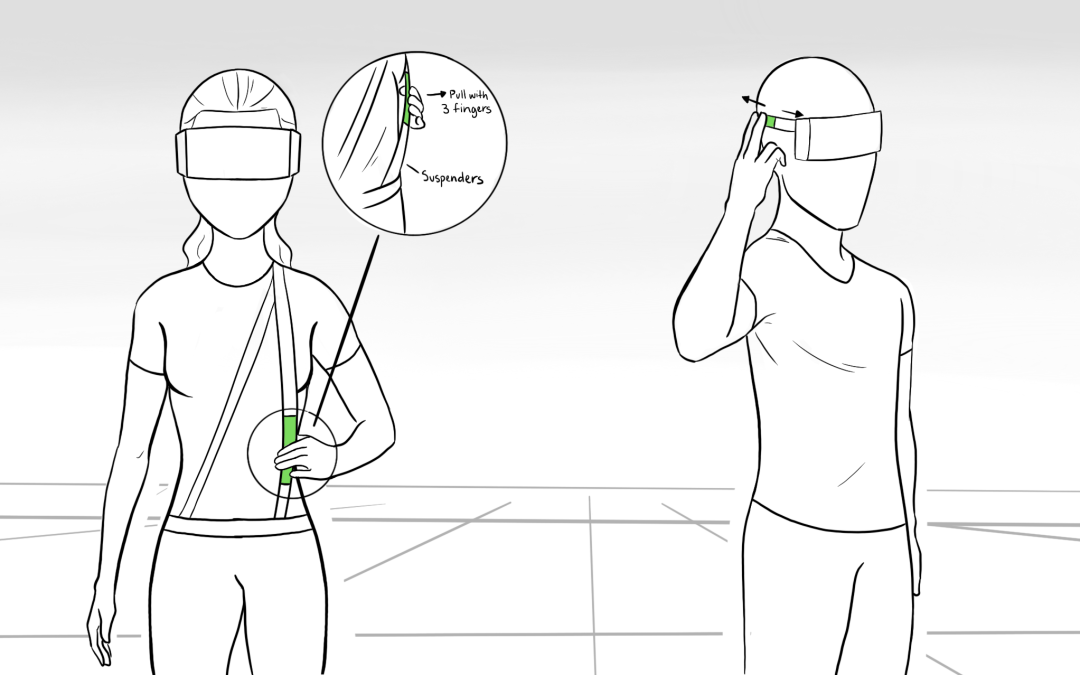
Over the past decade, augmented reality (AR) developers have explored a variety of approaches to allow users to interact with the information displayed on smart glasses and head-mounted displays (HMDs). Current interaction modalities such as...
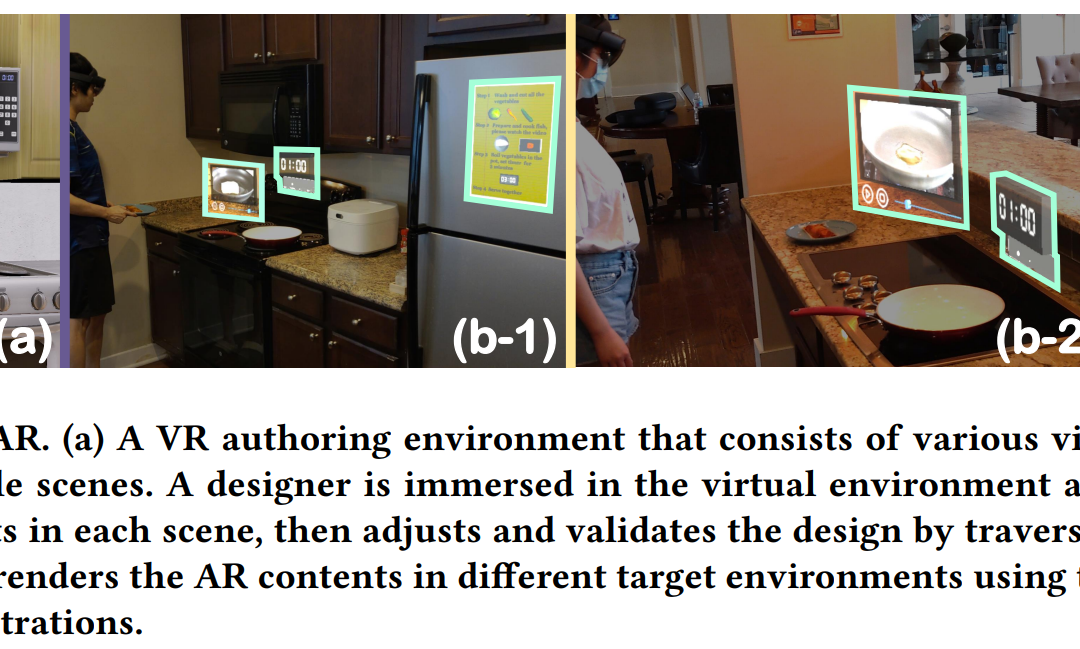
Augmented Reality (AR) experiences tightly associate virtual contents with environmental entities. However, the dissimilarity of different environments limits the adaptive AR content behaviors under large-scale deployment. We propose ScalAR, an...
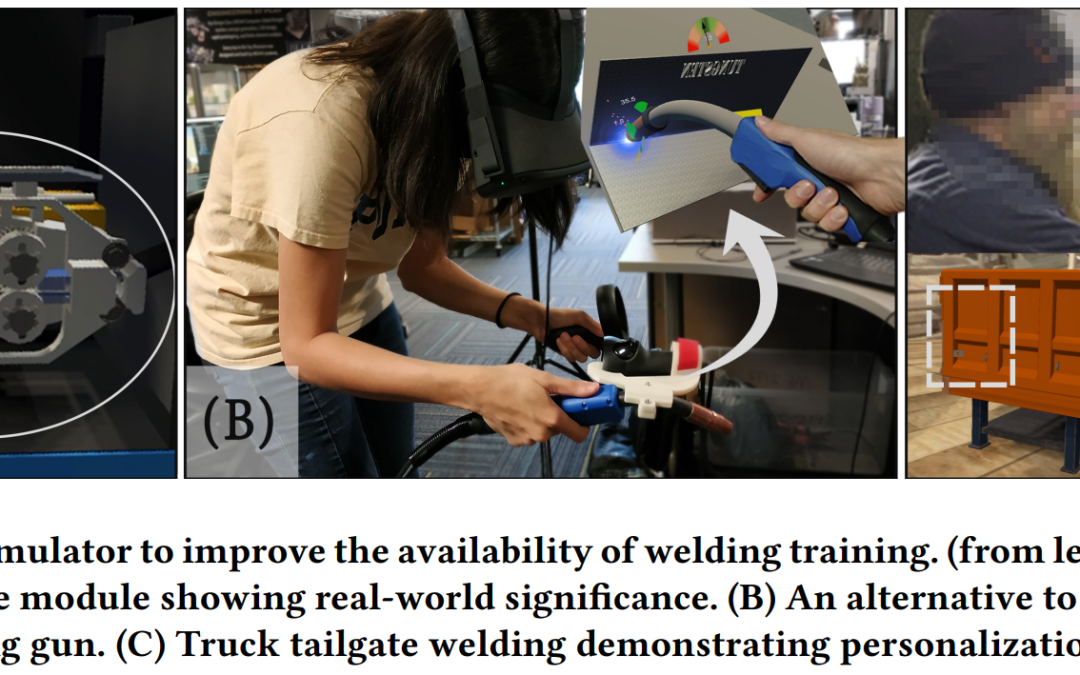
The US manufacturing industry is currently facing a welding workforce shortage which is largely due to inadequacy of widespread welding training. To address this challenge, we present a Virtual Reality (VR)-based training system aimed at...

Human skeleton-based action recognition offers a valuable means to understand the intricacies of human behavior because it can handle the complex relationships between physical constraints and intention. Although several studies have focused on...
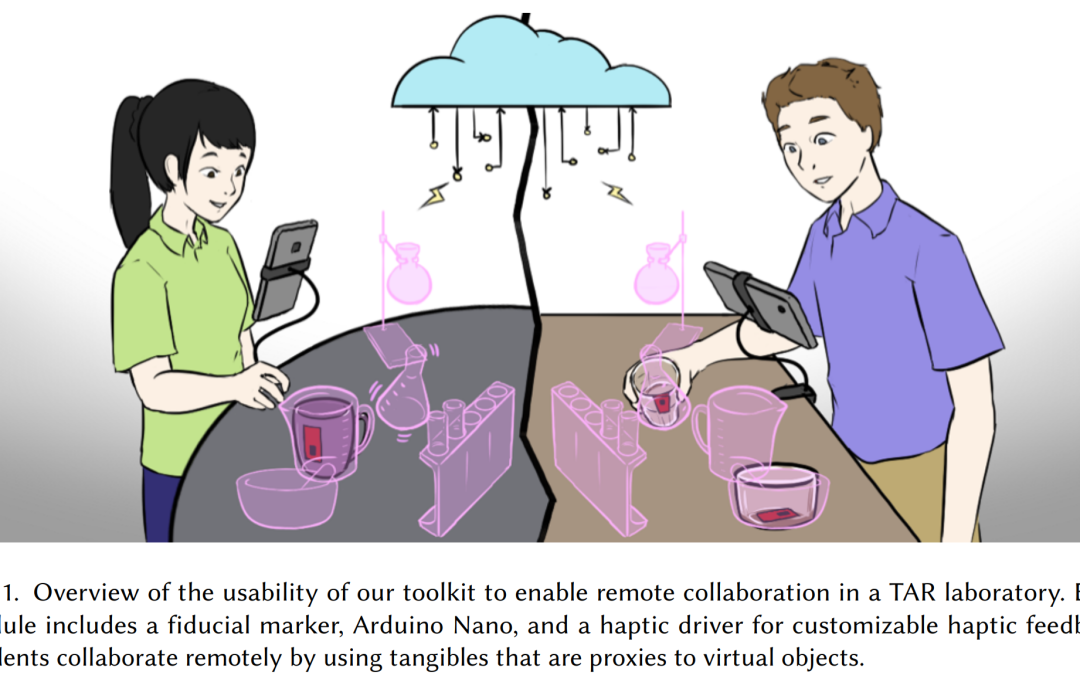
Current times are accelerating new technologies to provide high-quality education for remote collaboration, as well as hands-on learning. This is particularly important in the case of laboratory-based classes, which play an essential role in STEM...

Wearable technologies draw on a range of disciplines, including fashion, textiles, HCI, and engineering. Due to differences in methodology, wearables researchers can experience gaps or breakdowns in values, goals, and vocabulary when collaborating....

Freehand gesture is an essential input modality for modern Augmented Reality (AR) user experiences. However, developing AR applications with customized hand interactions remains a challenge for end-users. Therefore, we propose GesturAR, an...

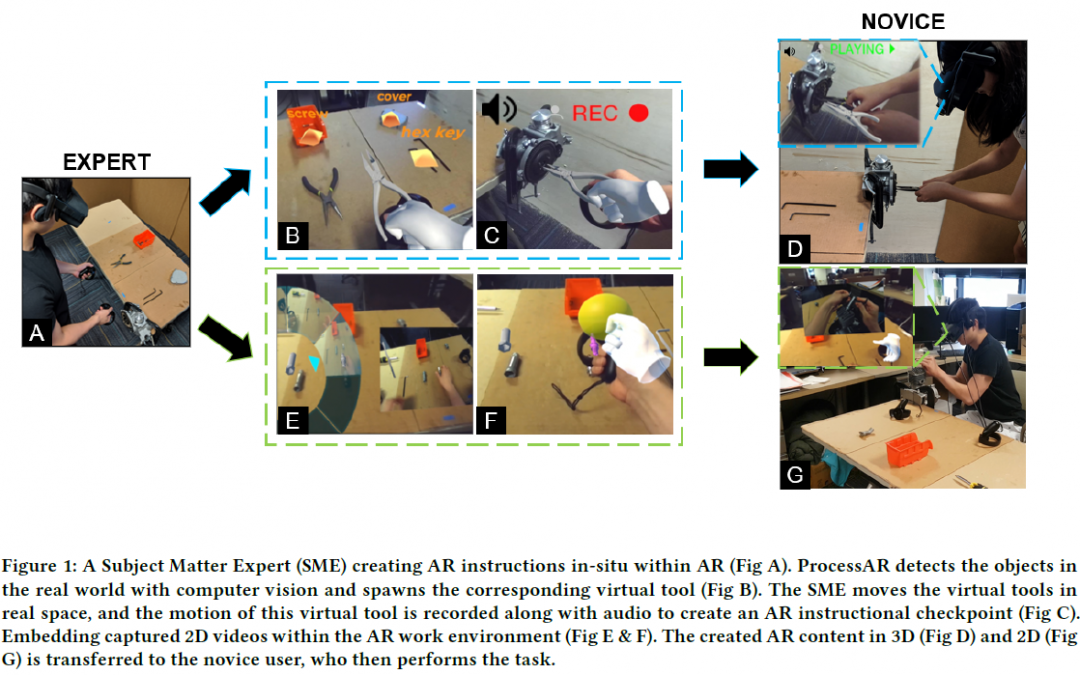
Augmented reality (AR) is an efficient form of delivering spatial information and has great potential for training workers. However, AR is still not widely used for such scenarios due to the technical skills and expertise required to create...

Current hand wearables have limited customizability, they are loose-fit to an individual's hand and lack comfort. The main barrier in customizing hand wearables is the geometric complexity and size variation in hands. Moreover, there are different...

Augmented reality (AR) is a unique, hands-on tool to deliver information. However, its educational value has been mainly demonstrated empirically so far. In this paper, we present a modeling approach to provide users with mastery of a skill, using...
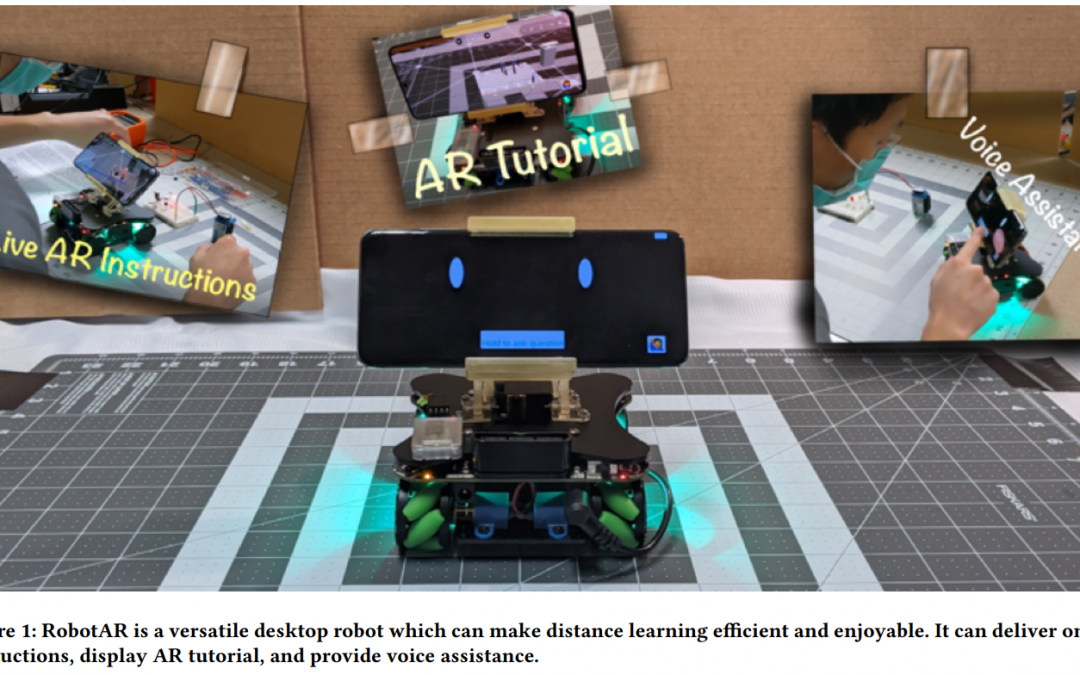
Distance learning is facing a critical moment finding a balance between high quality education for remote students and engaging them in hands-on learning. This is particularly relevant for project-based classrooms and makerspaces, which typically...

Light painting photos are created by moving light sources in mid-air while taking a long exposure photo. However, it is challenging for novice users to leave accurate light traces without any spatial guidance. Therefore, we present LightPaintAR, a...

Modern manufacturing processes are in a state of flux, as they adapt to increasing demand for flexible and self-configuring production. This poses challenges for training workers to rapidly master new machine operations and processes, i.e. machine...

There is an increasing trend of Virtual-Reality (VR) applications found in education, entertainment, and industry. Many of them utilize real world tools, environments, and interactions as bases for creation. However, creating such applications is...
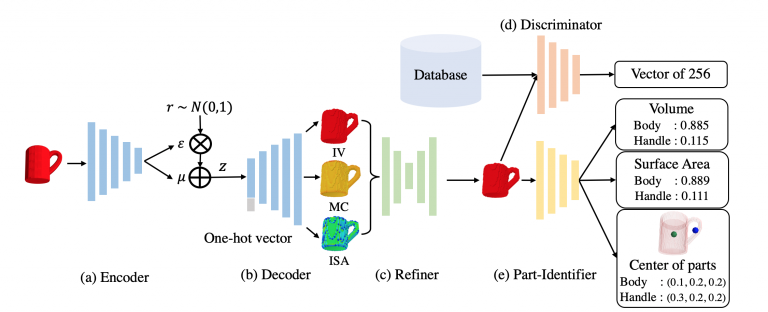

Abstract: First-person-view videos of hands interacting with tools are widely used in the computer vision industry. However, creating a dataset with pixel-wise segmentation of hands is challenging since most videos are captured with fingertips...
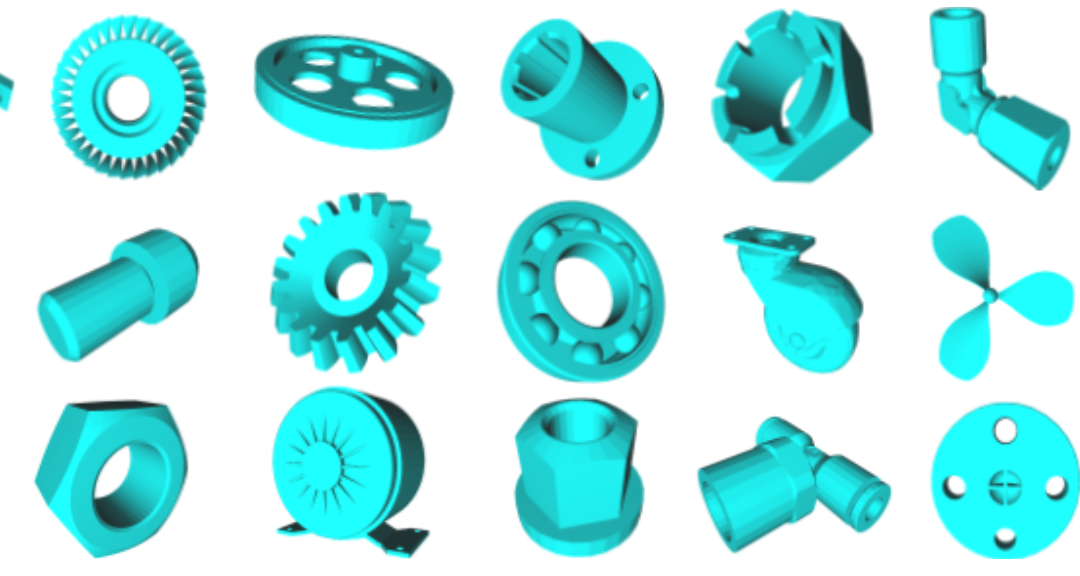
We introduce a large-scale annotated mechanical components benchmark for classification and retrieval tasks named Mechanical Components Benchmark (MCB): a large-scale dataset of 3D objects of mechanical components. The dataset enables data-driven...
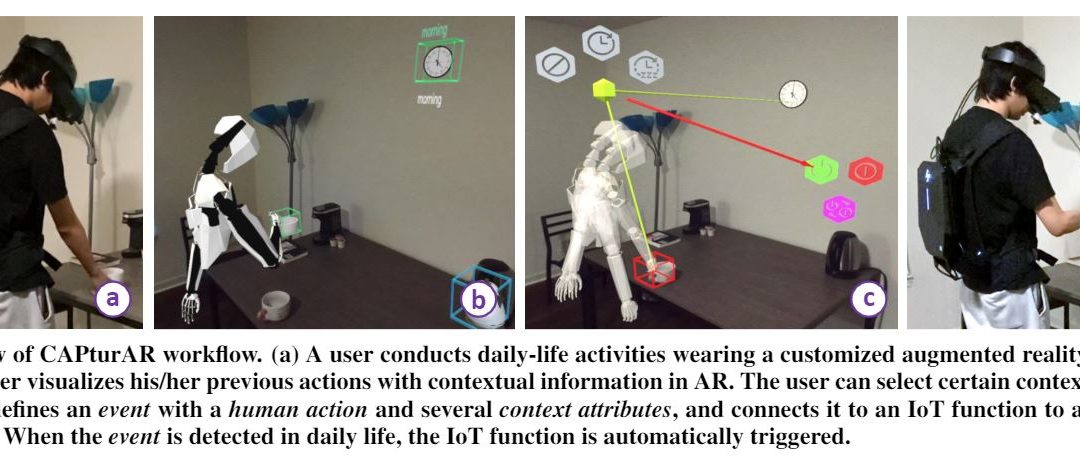
Recognition of human behavior plays an important role in context-aware applications. However, it is still a challenge for end-users to build personalized applications that accurately recognize their own activities. Therefore, we present CAPturAR,...

Makerspaces can support educational experiences in prototyping for children. Storytelling platforms enable high levels of creativity and expression, but have high barriers of entry. We introduce StoryMakAR, which combines making and storytelling....

Mobile robots and IoT (Internet of Things) devices can increase productivity, but only if they can be programmed by workers who understand the domain. This is especially true in manufacturing. Visual programming in the spatial context of the...

Machine tasks in workshops or factories are often a compound sequence of local, spatial, and body-coordinated human-machine interactions. Prior works have shown the merits of video-based and augmented reality (AR) tutoring systems for local tasks....
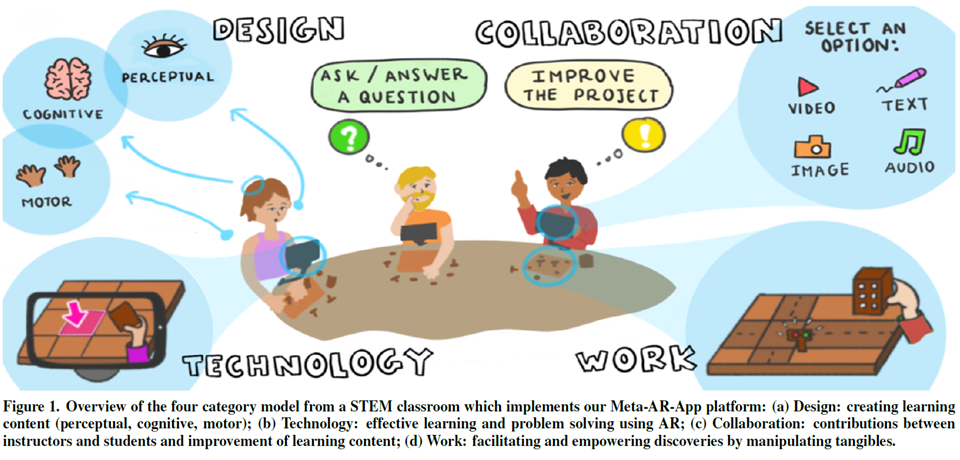
Augmented Reality (AR) has become a valuable tool for education and training processes. Meanwhile, cloud-based technologies can foster collaboration and other interaction modalities to enhance learning. We combine the cloud capabilities with AR...
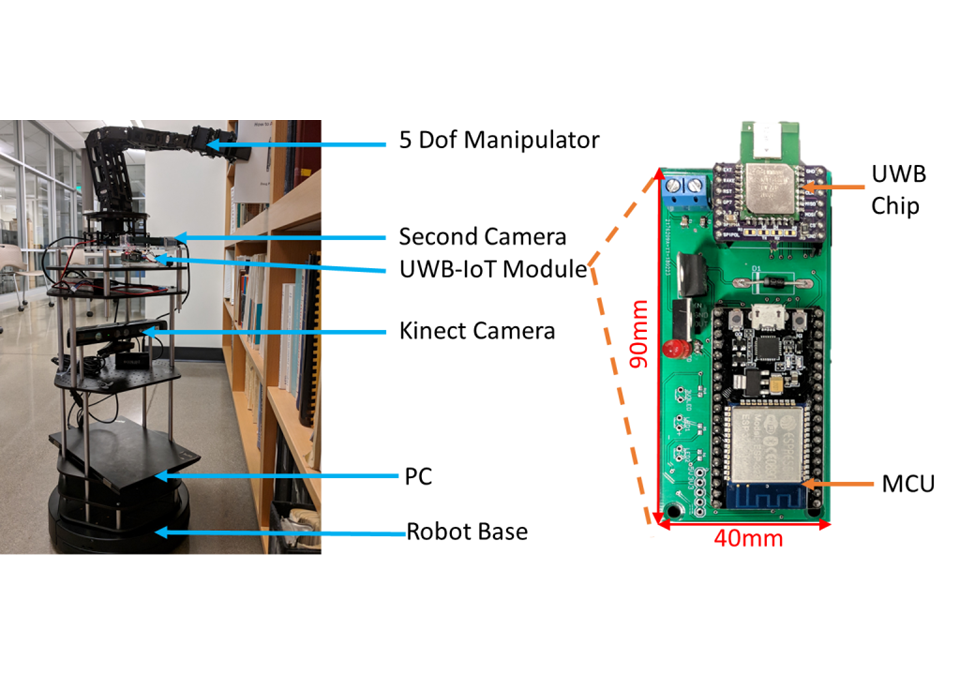
The emerging simultaneous localization and mapping (SLAM) techniques enable robots with the spatial awareness of the physical world. However, such awareness remains at a geometric level. We propose an approach for quickly constructing a smart...
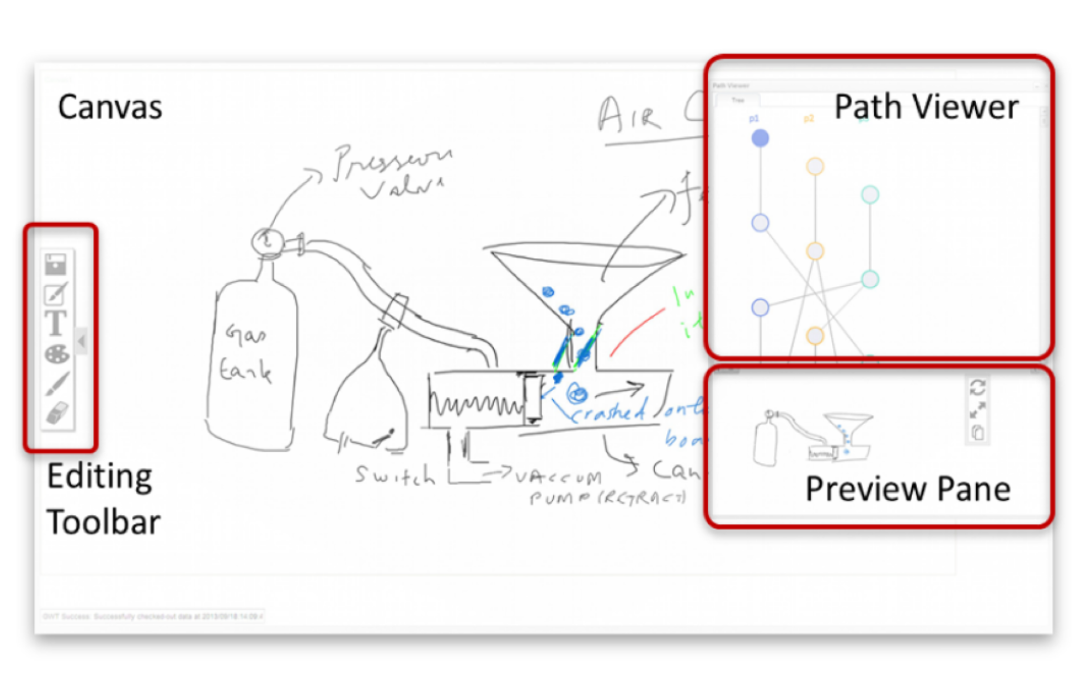
Engineering design typically occurs as a collaborative process situated in specific context such as computer-supported environments, however there is limited research examining the dynamics of design collaboration in specific contexts. In this...
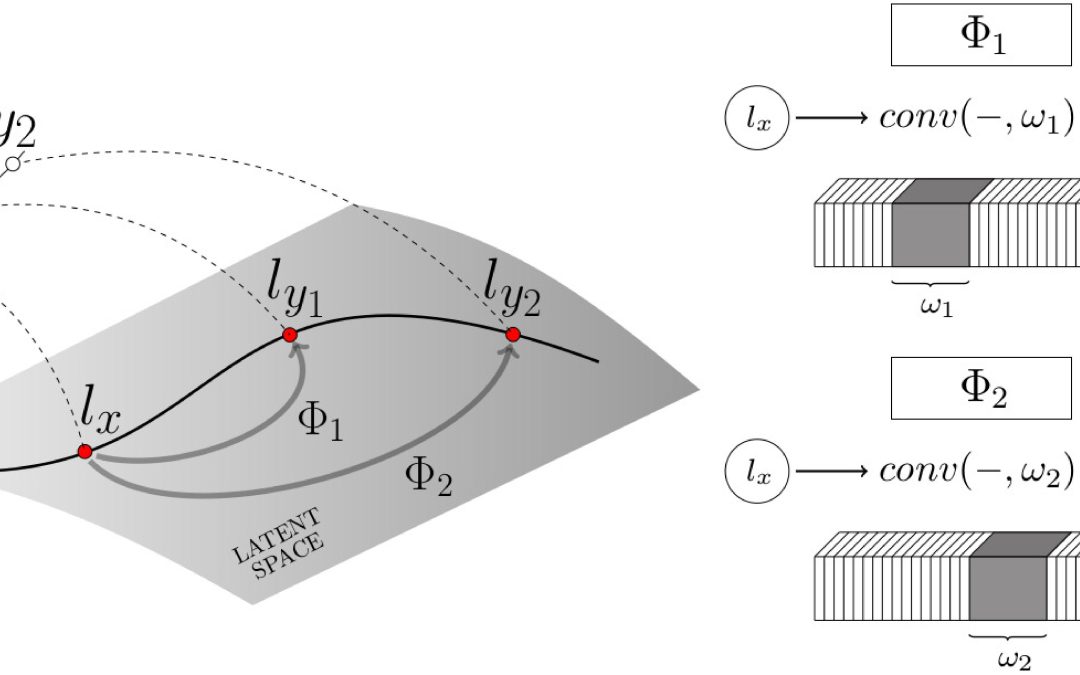
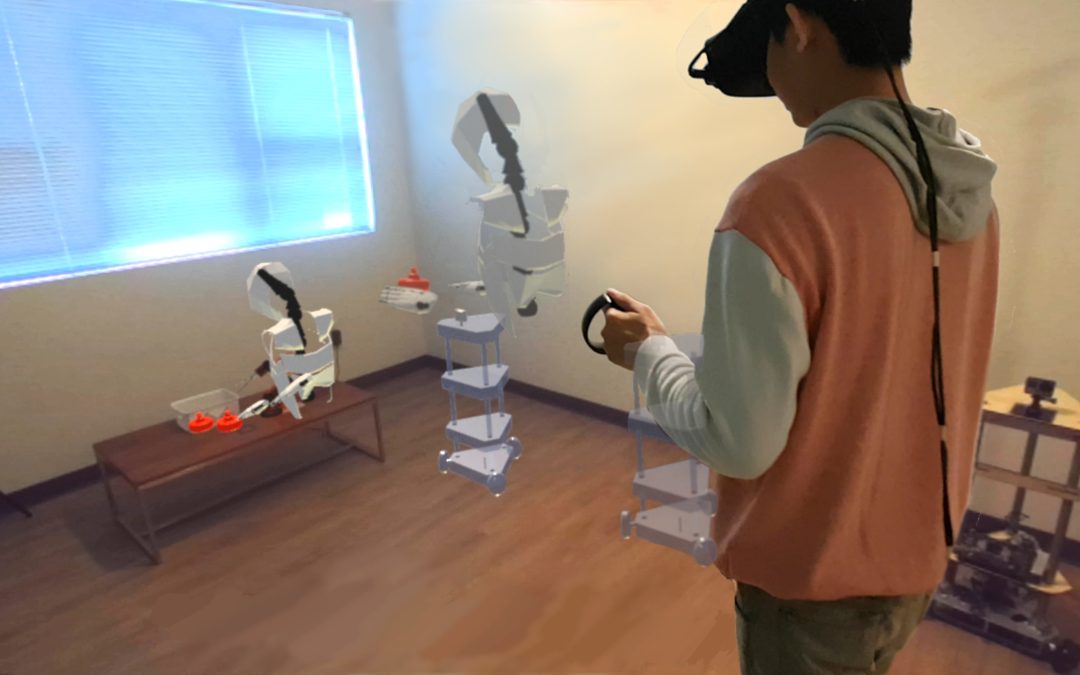
We present GhostAR, a time-space editor for authoring and acting Human-Robot-Collaborative (HRC) tasks in-situ. Our system adopts an embodied authoring approach in Augmented Reality (AR), for spatially editing the actions and programming the robots...
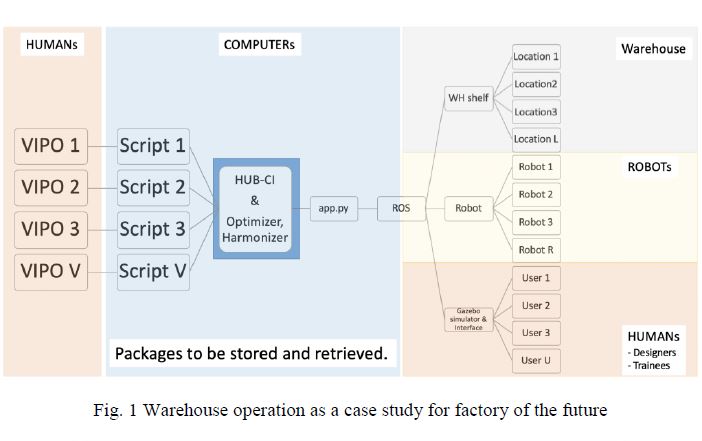
Rapid advances in production systems’ models and technology continually challenge manufacturers preparing for the factories of the future. To address the complexity issues typically coupled with the improvements, we have developed a brain-inspired...
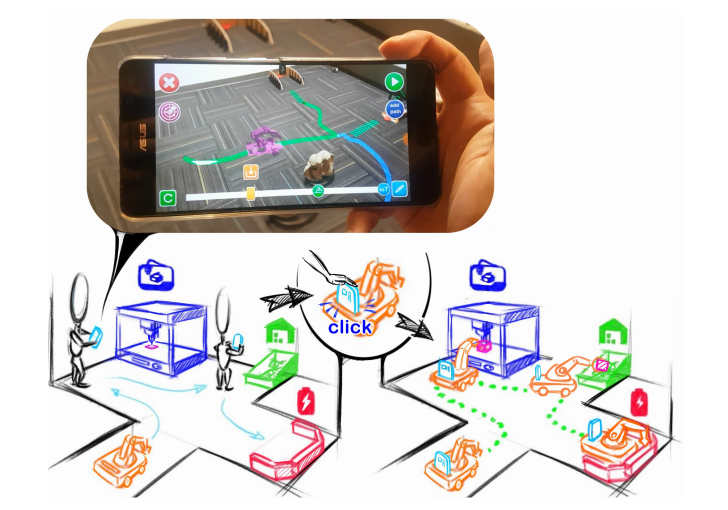
We present V.Ra, a visual and spatial programming system for robot-IoT task authoring. In V.Ra, programmable mobile robots serve as binding agents to link the stationary IoTs and perform collaborative tasks. We establish an ecosystem that...
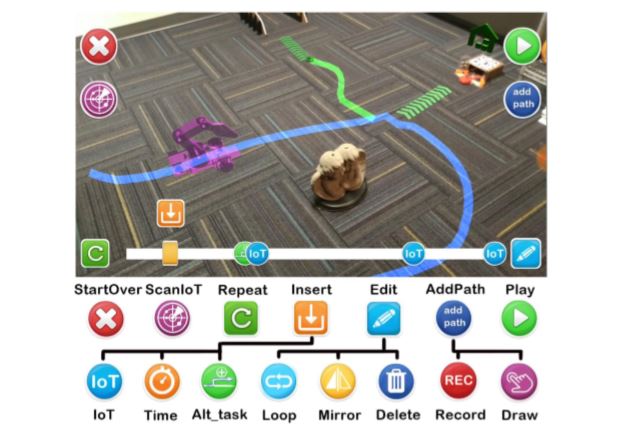
We present V.Ra, a visual and spatial programming system for robot-IoT task authoring. In V.Ra, programmable mobile robots serve as binding agents to link the stationary IoTs and perform collaborative tasks. We establish an ecosystem that...

Implementing advanced big data (BD) analytic is significant for successful incorporation of artificial intelligence in manufacturing. With the widespread deployment of smart sensors and internet of things (IOT) in the job shop, there is an...
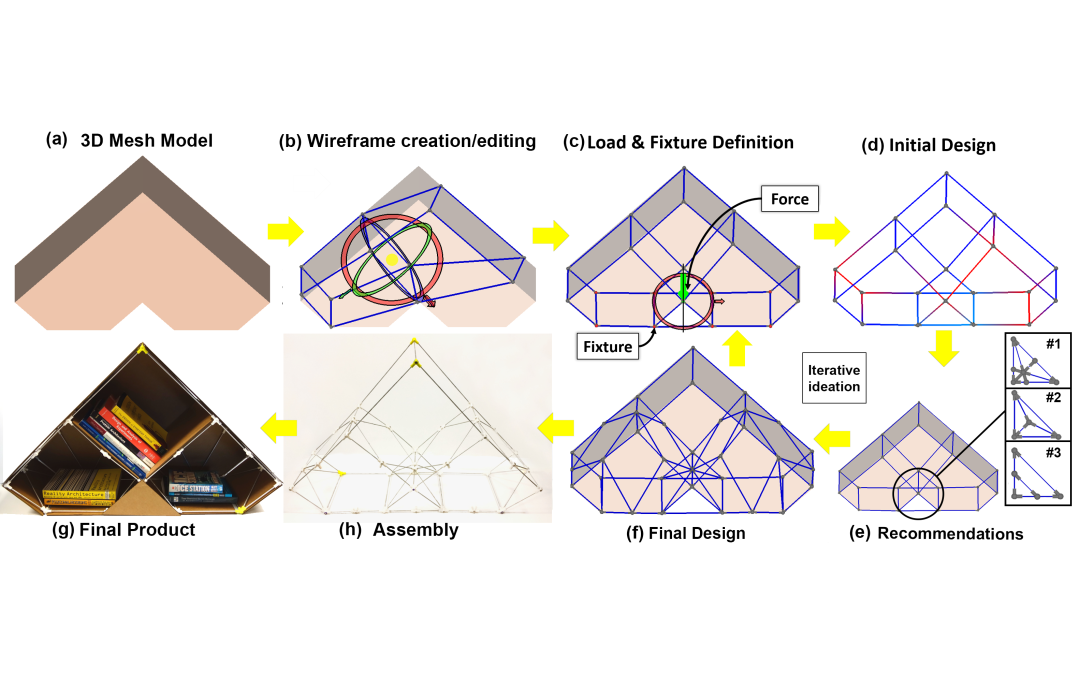
Current Computer-Aided Design (CAD) tools lack proper support for guiding novice users towards designs ready for fabrication. We propose Shape Structuralizer (SS), an interactive design support system that repurposes surface models into structural...
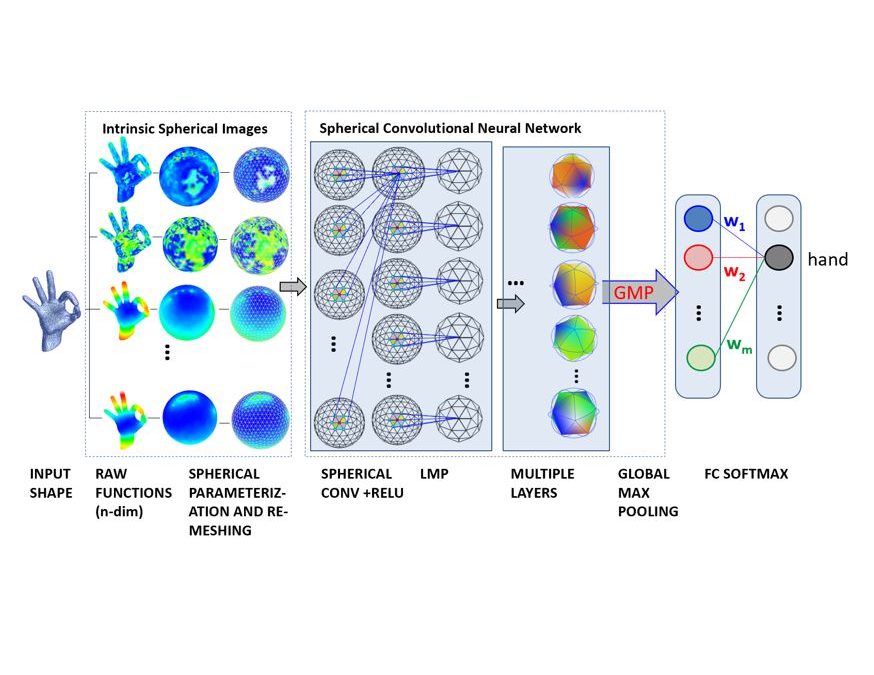
The ground-breaking performance obtained by deep convolutional neural networks (CNNs) for image processing tasks is inspiring research efforts attempting to extend it for 3D geometric tasks. One of the main challenge in applying CNNs to 3D shape...